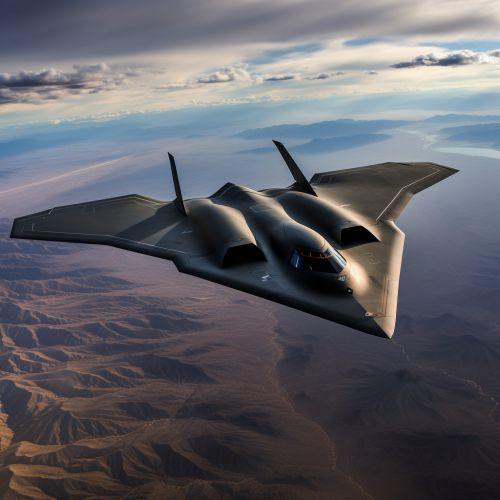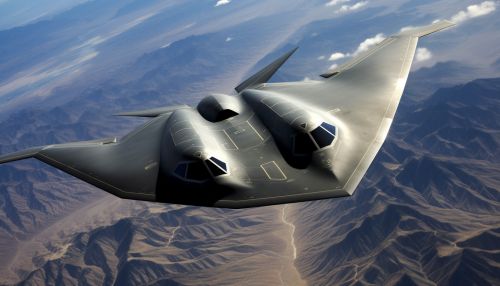Stealth Technology
Introduction
Stealth technology, also referred to as low observable technology, is a sub-discipline of military tactics and passive electronic countermeasures. It involves the use of methods and materials that can significantly reduce the detection of various types of military equipment or personnel, primarily aircraft and ships, by radar, infrared, sonar, or other detection methods.


History and Development
The concept of stealth technology has been around since World War I, with the Germans attempting to create a stealthy airship by using a material that absorbed radio waves. However, the practical development of stealth technology began in earnest during the Cold War era. The United States and the Soviet Union both invested heavily in research and development to create aircraft that could evade detection by radar, infrared, and other surveillance systems.
Principles of Stealth Technology
Stealth technology works on two primary principles: avoidance and absorption. Avoidance involves designing the aircraft or ship in such a way that it reflects radar waves away from the radar source, thereby reducing the radar cross-section (RCS). This is achieved through the use of specific shapes and angles in the design of the vehicle. Absorption, on the other hand, involves the use of special materials that absorb radar waves, converting them into heat energy and thereby reducing the amount of energy that is reflected back to the radar source.
Applications of Stealth Technology
Stealth technology has been primarily used in military applications, with the most well-known examples being stealth aircraft such as the F-117, B-2, and F-22. These aircraft are designed with a combination of shapes, angles, and materials that reduce their radar cross-section, making them much harder to detect and track with radar.
Stealth technology is also used in naval vessels, with designs that reduce both radar and sonar signatures. Examples include the Zumwalt-class destroyers of the United States Navy, which feature a wave-piercing tumblehome hull design that significantly reduces their radar cross-section.
Challenges and Limitations
While stealth technology offers significant advantages in military applications, it also comes with a number of challenges and limitations. The design constraints required for stealth can lead to compromises in other areas, such as aerodynamic performance and payload capacity. Additionally, stealth technology is not completely invisible to radar or other detection methods, but merely harder to detect.
Moreover, advances in detection technology, such as multistatic and quantum radars, pose potential threats to the effectiveness of stealth technology. These advanced radar systems are capable of detecting stealth aircraft by exploiting the very features that make them stealthy.
Future of Stealth Technology
The future of stealth technology lies in the development of new materials and design techniques that can further reduce the radar cross-section of military vehicles. Research is also being conducted into active stealth technology, which involves the use of electronic countermeasures to actively jam or deceive radar systems.


